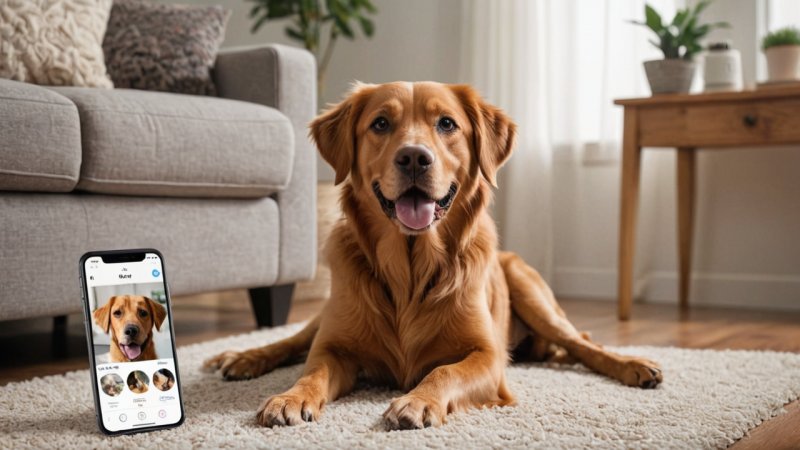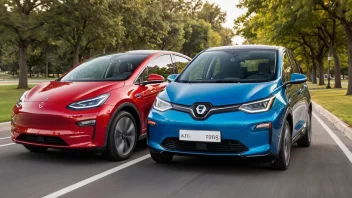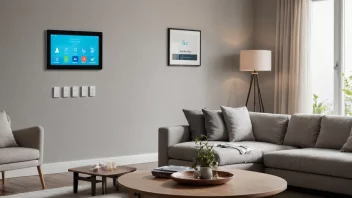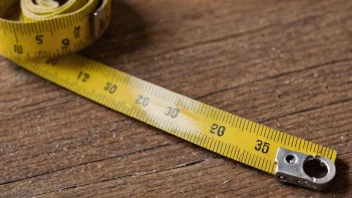As a pet owner, you want to ensure your furry friends are safe, happy, and well-cared for, even when you’re not at home. Thankfully, advancements in smart home technology have made it easier than ever to monitor and care for pets remotely. In this article, we will compare two popular categories of smart home devices that cater specifically to pet owners: smart pet cameras and automatic pet feeders. We will explore their features, benefits, and limitations, helping you decide which technology might be the best fit for your pet care routine.
Smart Pet Cameras
Smart pet cameras allow you to keep an eye on your pets from anywhere via your smartphone. These devices typically offer features like live video streaming, two-way audio, and motion detection. Here are some key points to consider:
Pros
- Real-time Monitoring: With live video feeds, you can check in on your pets throughout the day, providing peace of mind.
- Two-way Communication: Many smart cameras are equipped with two-way audio, allowing you to talk to your pets and hear their responses.
- Motion Alerts: Get notifications on your phone if your camera detects movement, so you can respond if there’s a problem.
- Interactive Features: Some models come with treat dispensers or laser pointers to keep your pets entertained.
Cons
- Cost: Smart pet cameras can be on the pricier side compared to traditional pet monitoring methods.
- Internet Dependency: These devices require a stable internet connection to function properly.
- Privacy Concerns: Having cameras in your home may raise privacy issues, especially if you have guests.
Automatic Pet Feeders
Automatic pet feeders are designed to dispense food for your pets at scheduled times or in controlled portions. This technology can be particularly beneficial for busy pet owners. Here are the advantages and drawbacks:
Pros
- Convenience: You can schedule feeding times and portion sizes, ensuring your pets are fed even when you’re not home.
- Portion Control: Helps prevent overeating by dispensing a set amount of food at each feeding.
- Health Monitoring: Some models track feeding habits, which can help you monitor your pet's health and alert you to any changes in eating patterns.
- Remote Feeding: Many feeders allow you to feed your pets remotely using a smartphone app.
Cons
- Cost: High-quality automatic feeders can also be expensive, especially those with advanced features.
- Food Compatibility: Not all feeders work with every type of pet food, so you might need to stick to specific brands.
- Maintenance: Regular cleaning is required to avoid food buildup and potential health issues.
Feature Comparison
| Feature | Smart Pet Cameras | Automatic Pet Feeders |
|---|---|---|
| Live Video Streaming | ✔️ | No |
| Two-way Audio | ✔️ | No |
| Motion Alerts | ✔️ | No |
| Remote Feeding | No | ✔️ |
| Portion Control | No | ✔️ |
| Health Monitoring | No | ✔️ |
Which One is Right for You?
Choosing between a smart pet camera and an automatic pet feeder depends on your specific needs as a pet owner. If your primary concern is monitoring your pet’s behavior while you’re away, a smart pet camera might be the better choice. It allows you to observe their activities and interact with them, which can be particularly comforting for both you and your pets.
On the other hand, if you often find yourself busy or away from home during feeding times, an automatic pet feeder could be a game-changer. It ensures your pet receives their meals on schedule, which can be especially important for maintaining their health and routine.
Final Thoughts
Ultimately, both smart pet cameras and automatic pet feeders serve distinct purposes that can enhance your pet care routine. Depending on your lifestyle and your pet’s specific needs, you might even find that having both devices offers the best of both worlds. Invest in technology that not only supports your pets but also enhances your life as a pet owner, making it easier to provide the love and care they deserve.






